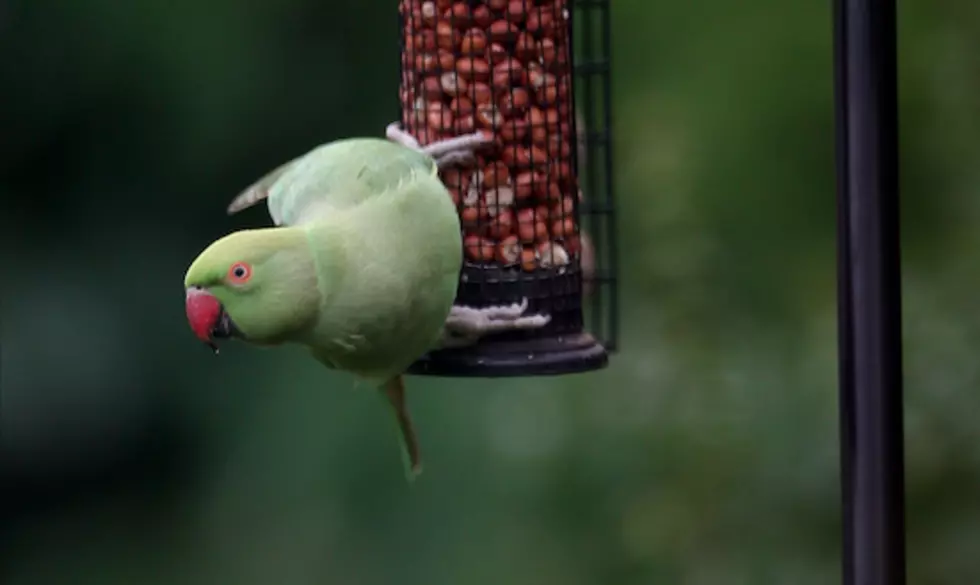
Mardi Gras 101 — Country Mardi Gras is Entirely Different from City Mardi Gras
For the average non-Louisianian, Mardi Gras is a festival celebrated along city streets on parade route with beads flying through the air and floats chugging along. But that’s just one way to celebrate it. Mardi Gras is an ancient custom that has morphed and changed as it spread from Europe into the Americas. Some areas have made it into a family-friendly event for massive crowds, while others preserve far older traditions.
For instance, there’s a big difference between Mardi Gras in New Orleans and Mardi Gras in rural areas of Southwest Louisiana. A Country Mardi Gras is something many people have never seen but is a tradition that stretches back to very old ways.
In rural areas, where populations were smaller and people were scratching out a living, Mardi Gras is much more about uniting a community.
The krewes who practice the old ways traditionally participate in a courir de Mardi Gras – or a Mardi Gras run. The krewes ride horseback across the towns and countryside, costumed head-to-toe and wearing colorful capuchins (pronounced cappy-shons).
The krewe rides from home to home, asking permission to come onto the property. Once there, they “demand” food. Every home is expected to surrender money, chickens, rice, sausage or seasonings to be used later that night for a large, community gumbo. For each home that donates, the krewe puts on a show, mock-fighting, singing Cajun French songs and horsing around until it’s time to move on to the next home. Les capitanes (captains) keep the mischievous members of the krewe in line by “whipping” them. (The whips make a lot of noise, but they’re very flexible and the participants are wearing good padding – no one gets hurt except for show.)
Along the way, many of the traditional rides stop at pre-determined points for other events, such as a chicken chase for children. (Want to get your child ready for a nap? Have them chase a chicken around the yard for awhile!)
The day ends at another pre-determined point where all the ingredients are cooked up into a gumbo that is free for anyone. It’s a tradition that goes back to medieval France, and it’s an entirely different experience than you would encounter along a parade route in any “city Mardi Gras.”
You can find courirs de Mardi Gras in smaller communities around South Louisiana, such as Basile, Carlyss, Church Point, Elton, Eunice, Iota, and Hathaway, among others.
It’s tough for the krewes to keep the courirs running in some areas, and for almost a generation, they had disappeared from the countryside. In those days, it wasn’t “cool” to be Cajun, and the old ways fell out of fashion. Luckily in the 1980s and 1990s, a handful of the old-timers who still remembered the traditions saw to it that the courirs resumed.
And of course, we couldn’t talk about the country Mardi Gras without talking about its traditional theme song – the Chanson de Mardi Gras. It’s a Cajun French tune whose lyrics might differ from town to town, but whose tune is always the same
More From Cajun Radio 1290 AM






![Should Louisiana Legalize Prescription Marijuana? [Poll]](http://townsquare.media/site/159/files/2014/01/Medical-Marijuana.jpg?w=980&q=75)


